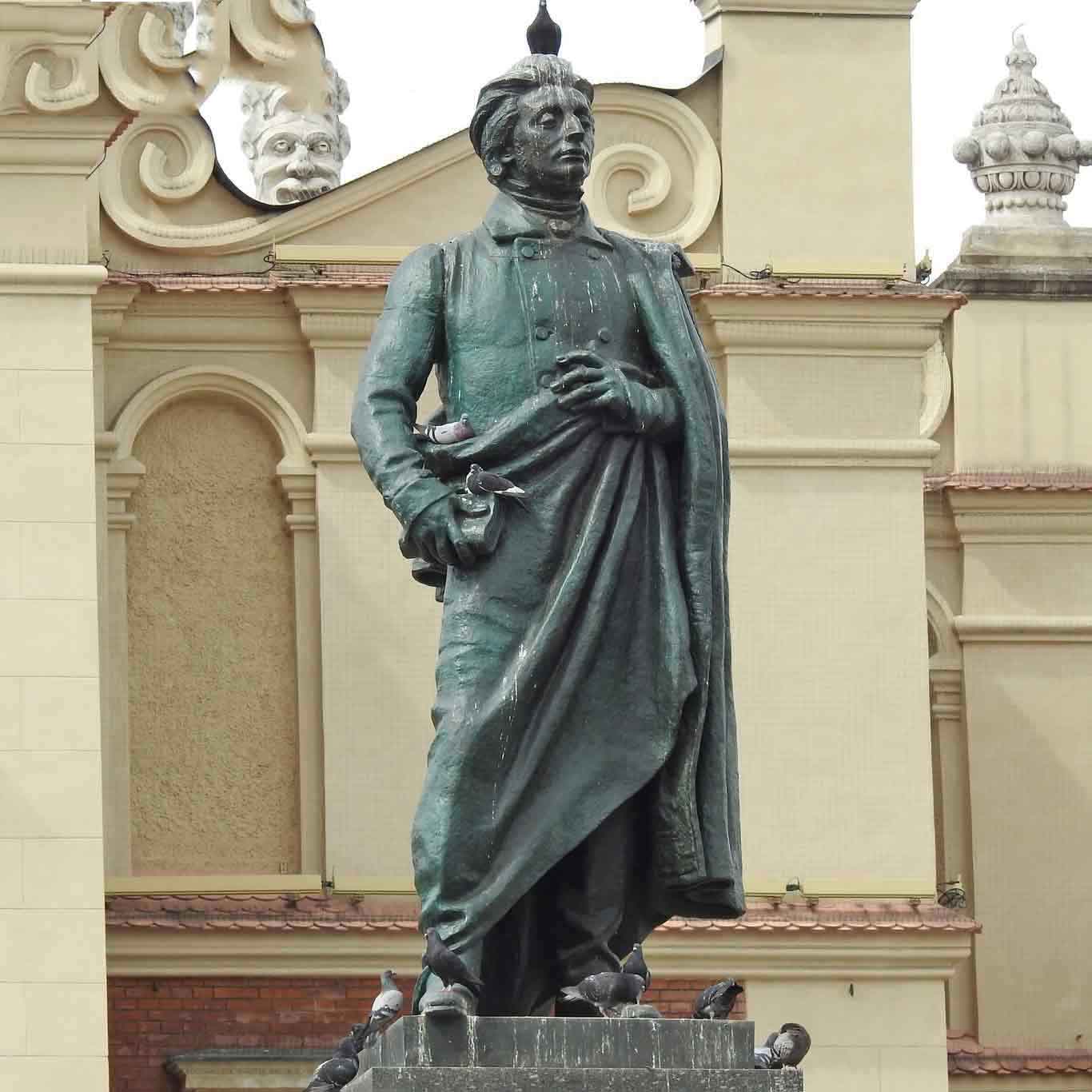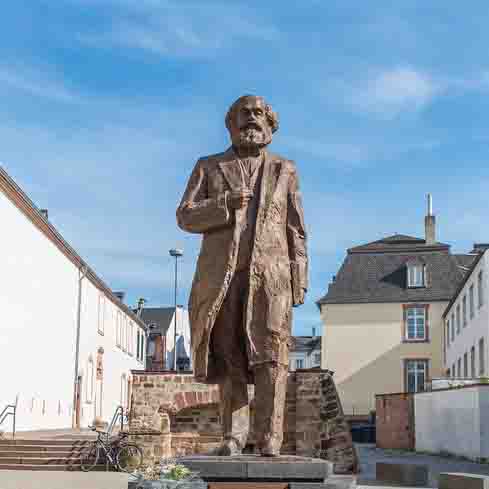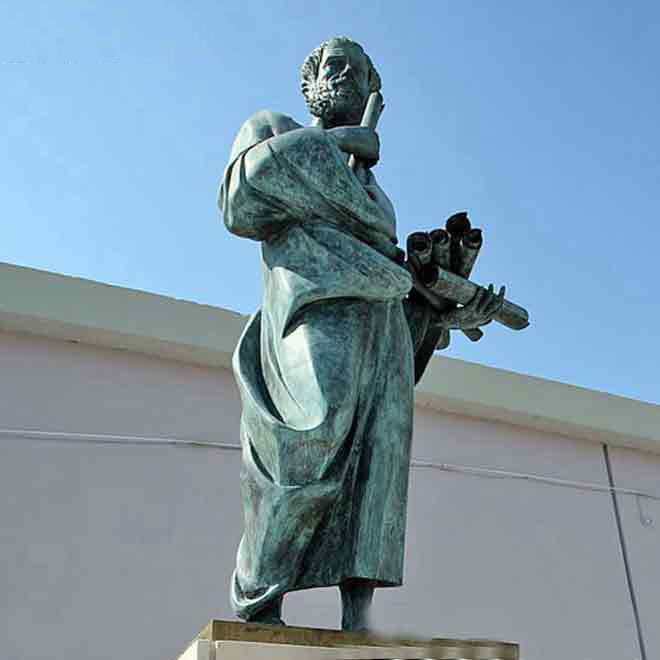Adam Mickiewicz Monument Statue History
Adam Mickiewicz Monument, a statue commemorating the Polish poet Adam Mickiewicz, is located in the center of Warsaw, the capital of Poland. The statue was created in 1911 by the famous Polish sculptor Waclaw Wyszkowski and is one of Warsaw’s most popular tourist attractions.
Adam Mickiewicz is one of Poland’s greatest poets and is known as a representative figure of Poland’s national renaissance. His works have strong patriotic sentiments and romanticism, and have profoundly influenced Polish and world culture. This statue is a tribute to his memory and to Polish literature and culture.

The main body of the statue is Mickiewicz sitting on a chair, holding an open book, symbolizing his literary achievements. His image is solemn and affectionate, as if he is telling people his poems and thoughts. The surrounding pedestals are engraved with his poems and life stories, allowing people to gain a deeper understanding of his literary talent and personality.
This statue is not only a building commemorating Mickiewicz, but also a symbol representing Polish culture and spirit. It inspires curiosity about Polish history and culture and attracts visitors from all over the world. The Adam Mickiewicz Monument has become part of the city image of Warsaw and one of the symbols of Polish national culture.


















